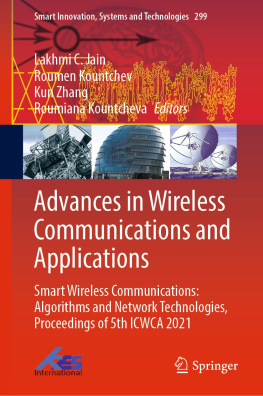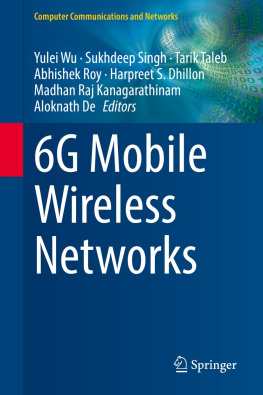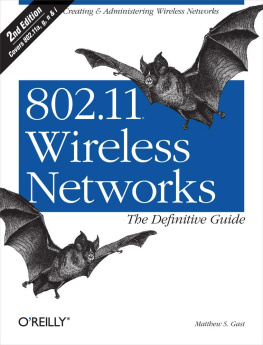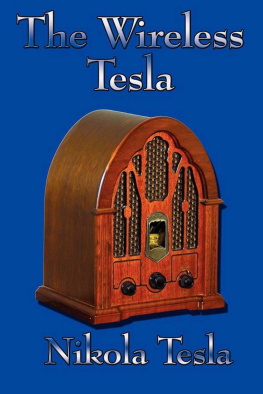Daniel Chew - Wireless Coexistence: Standards, Challenges, and Intelligent Solutions
Here you can read online Daniel Chew - Wireless Coexistence: Standards, Challenges, and Intelligent Solutions full text of the book (entire story) in english for free. Download pdf and epub, get meaning, cover and reviews about this ebook. year: 2021, publisher: Standards Information Network, genre: Computer. Description of the work, (preface) as well as reviews are available. Best literature library LitArk.com created for fans of good reading and offers a wide selection of genres:
Romance novel
Science fiction
Adventure
Detective
Science
History
Home and family
Prose
Art
Politics
Computer
Non-fiction
Religion
Business
Children
Humor
Choose a favorite category and find really read worthwhile books. Enjoy immersion in the world of imagination, feel the emotions of the characters or learn something new for yourself, make an fascinating discovery.

- Book:Wireless Coexistence: Standards, Challenges, and Intelligent Solutions
- Author:
- Publisher:Standards Information Network
- Genre:
- Year:2021
- Rating:3 / 5
- Favourites:Add to favourites
- Your mark:
Wireless Coexistence: Standards, Challenges, and Intelligent Solutions: summary, description and annotation
We offer to read an annotation, description, summary or preface (depends on what the author of the book "Wireless Coexistence: Standards, Challenges, and Intelligent Solutions" wrote himself). If you haven't found the necessary information about the book — write in the comments, we will try to find it.
Explore a comprehensive review of the motivation for wireless coexistence and the standards and technology used to achieve it
Wireless Coexistence: Standards, Challenges, and Intelligent Solutions delivers a thorough exploration of wireless ecosystems sharing the spectrum, including the multiple standards and key requirements driving the current state of wireless technology. The book surveys several standards, including IEEE 802.22, 802.15.2, and 802.19.1 and expands upon recent advances in machine learning and artificial intelligence to demonstrate how these technologies might be used to meet or exceed the challenges of wireless coexistence.
The text discusses cognitive radio in the context of spectrum coexistence and provides a comparison and assessment of using artificial intelligence in place of, or in addition to, current techniques. It also considers applications to communication theory, learning algorithms for passive wireless coexistence strategies, spectrum situational awareness, and active wireless coexistence strategies.
With the necessity of spectrum sharing and the scarcity of unused spectrum on the rise, the standardization of wireless coexistence becomes more important with each passing day. Readers will learn about the challenges posed by shrinking wireless real estate and from the inclusion of topics like:
- A thorough introduction to the concept of, and motivation for, wireless coexistence, including congestion and interference, policies, and regulations
- An exploration of different wireless coexistence standards, including the need for standardization and various protocols, including 802.22, 802.15.2, 802.19.1, P1900, and 3GPP Release 13/14 LAA
- A discussion of the applications of communication theory, including primary user strategies, primary multi-user protocols, and successive interference cancellation
- A treatment of concepts in learning algorithms
Perfect for scientists, researchers, engineers, developers, educators, and administrators working in the area of wireless networks, Wireless Coexistence: Standards, Challenges, and Intelligent Solutions will also earn a place in the libraries of graduate students studying wireless networks and seeking a one-stop reference for subjects related to wireless coexistence standards.
Daniel Chew: author's other books
Who wrote Wireless Coexistence: Standards, Challenges, and Intelligent Solutions? Find out the surname, the name of the author of the book and a list of all author's works by series.









